
It’s easy to get bamboozled if you’re purchasing a vintage Fender guitar. Because these instruments are bolted together, their parts can be swapped, stripped or replaced faster than you can say “rip-off.” A buddy of mine who has been in the vintage game for years recently estimated that between 15 and 20 percent of the “Sixties Strats” out on the market are bootlegged. And if that number sends a shiver down you fuzzy fretboard, the number of “all-original” Strats that feature replaced pickups, pots, bridges and other parts is even higher.
By and large, G-V has found that vintage guitar dealers who have a good reputation have earned it. Likewise, if the word on the street is that a certain seller is not on the up and up, he’s probably guilty as charged. Avoid him like the plague.
In short, proceed with caution, and get educated before you reach for your wallet. Here are a few helpful tips to get you started.
1. Where early Sixties “slab-board” Strats are concerned, a lower serial number does not necessarily translate into an older guitar. In the old days, Fender factory workers grabbed neck plates (that’s where the serial number on a Strat is) out of a barrel in no particular order. Always “pull” the neck and check the date that’s either stamped or penciled in there.
2. Much to Fender’s continuing dismay, it’s still pretty easy to score vintage replica headstock decals if you know where to look. Many bootlegs do not have the tiny patent numbers on the decal; a real Sixties Strat will have at least to.
3. in the early Sixties, Stratocaster and Jazzmaster necks shared scale and dot configurations. Forgers will sometimes cut Jazzmaster headstocks down to size, slap on a Strat decal and attach them to a replacement bodies.
To check for this, unscrew the neck and look at the stamp under the truss rod. It will consist of a number, followed by a month, a year and a letter designating the neck width. The first number is the model code: Strats have a “2,” Jazzmasters have a “4.” If you pull the neck off a Strat and see a “4,” it’s converted Jazzmaster neck. Run like hell.
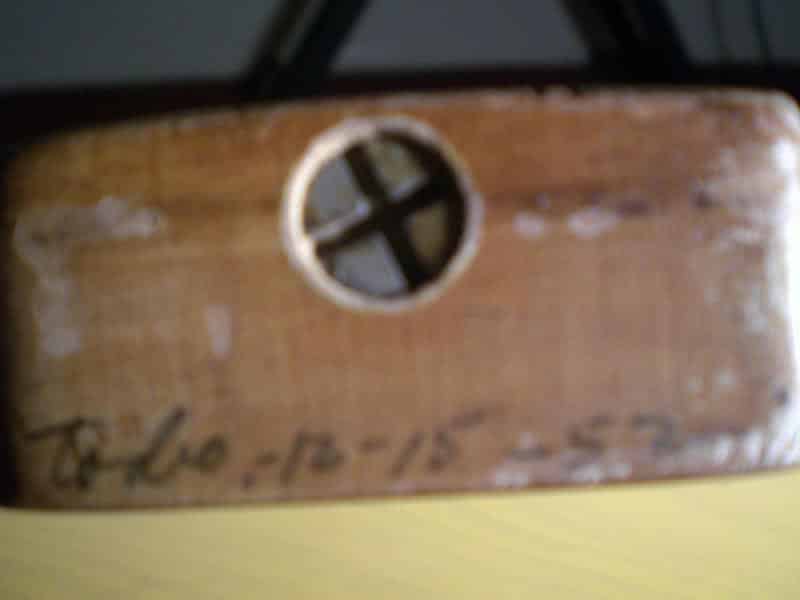
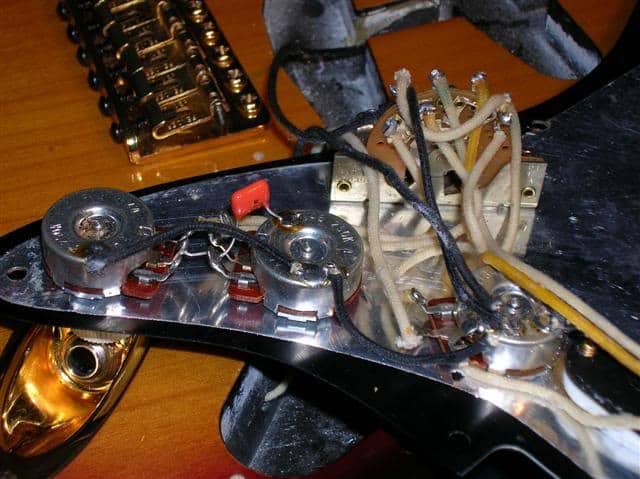


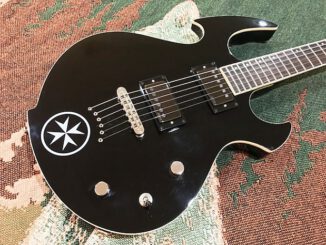
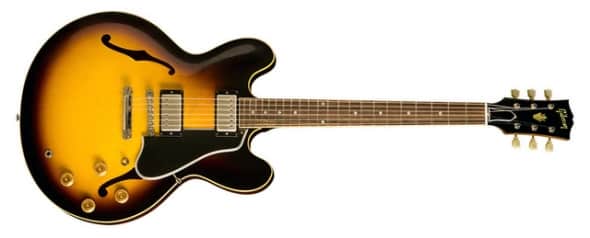
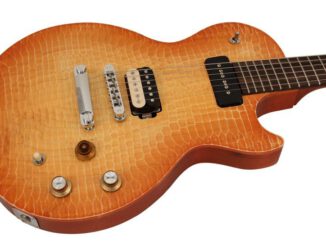
Nice article! Some people just aren’t as informed as they should be. Nice job!
Great stuff. I don’t collect guitars but it never occurred to me that there would be a counterfeiting problem. I guess I should have expected it.
Thanks for the information. As we know, counterfeiters are getting better and better with the use of computers.
Hey thanks for the advice! I was searching and found this site and it is pretty informative, but it only talks about mostly strats. I have a few questions of my own to ask. First of all, is there any way I can run a serial number from fender or anything like that? Also, I purchased a Fender Jag-stang a few days ago and if I’m correct they only made origionals for 3 years, 96, 97, 98 and I heard they made reproductions in 2002. My Guitar supposed to be a 1996 model Jag-stang, but how can I be so sure? It is in pretty great condition just for a few pen scratches on the back. I would be happy to hear a reply and maybe you can tell my something and give me advice. Thank you.
Jake
has anyone heard of or seen fake srv. signature fender Stratocasters. if so how to spot the difference. there are some with serial numbers that start with SE. and some with US. there are some with the serial numbers in different places on the back of the head. Some numbers are right under the tuning pegs and some that are right at the end of the head.
Great information, especially with so many sales online and as the prices continue to grow. I am always looking for ways to spot counterfeit parts too; fake neck plates, pickguards, bridges, etc. Anybody with a good website on the subject, please point me that way – thanks for this. Kim
I bought a “Mexican” MZ8058347 Stratocaster in Perth Western Australia from a 2nd hand dealer 10 years ago it seemed ok. During the time I owned it I replace switches, pick ups and enjoyed it for fun It was a hobby and I was never a serious player but just recently I sold it as I’ve moved overseas. Took it to a reputable guitar dealer who opened it up and told me it was a fake. I then sold it to a 2nd hand dealer!
Weird someone would fake a Mexican strat.